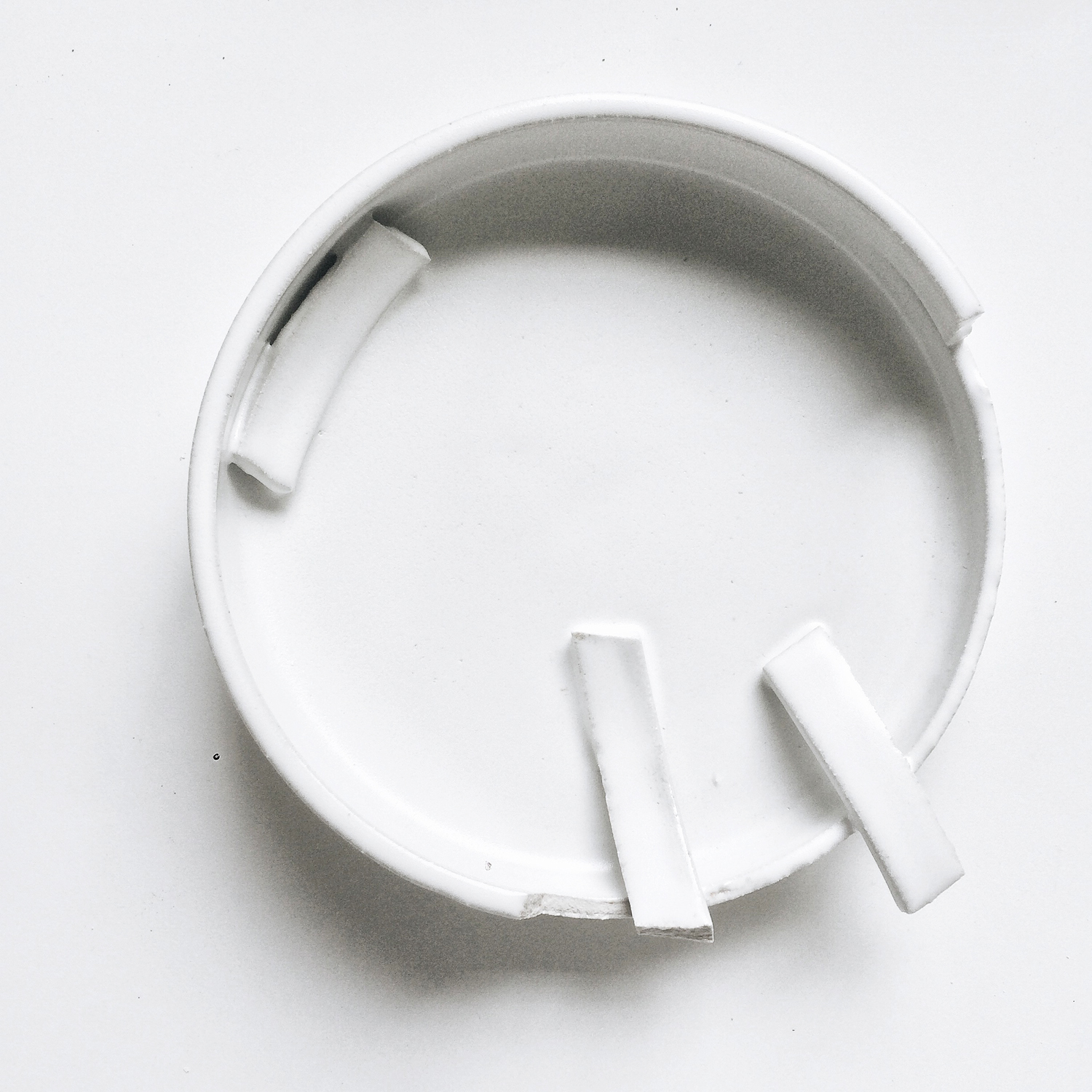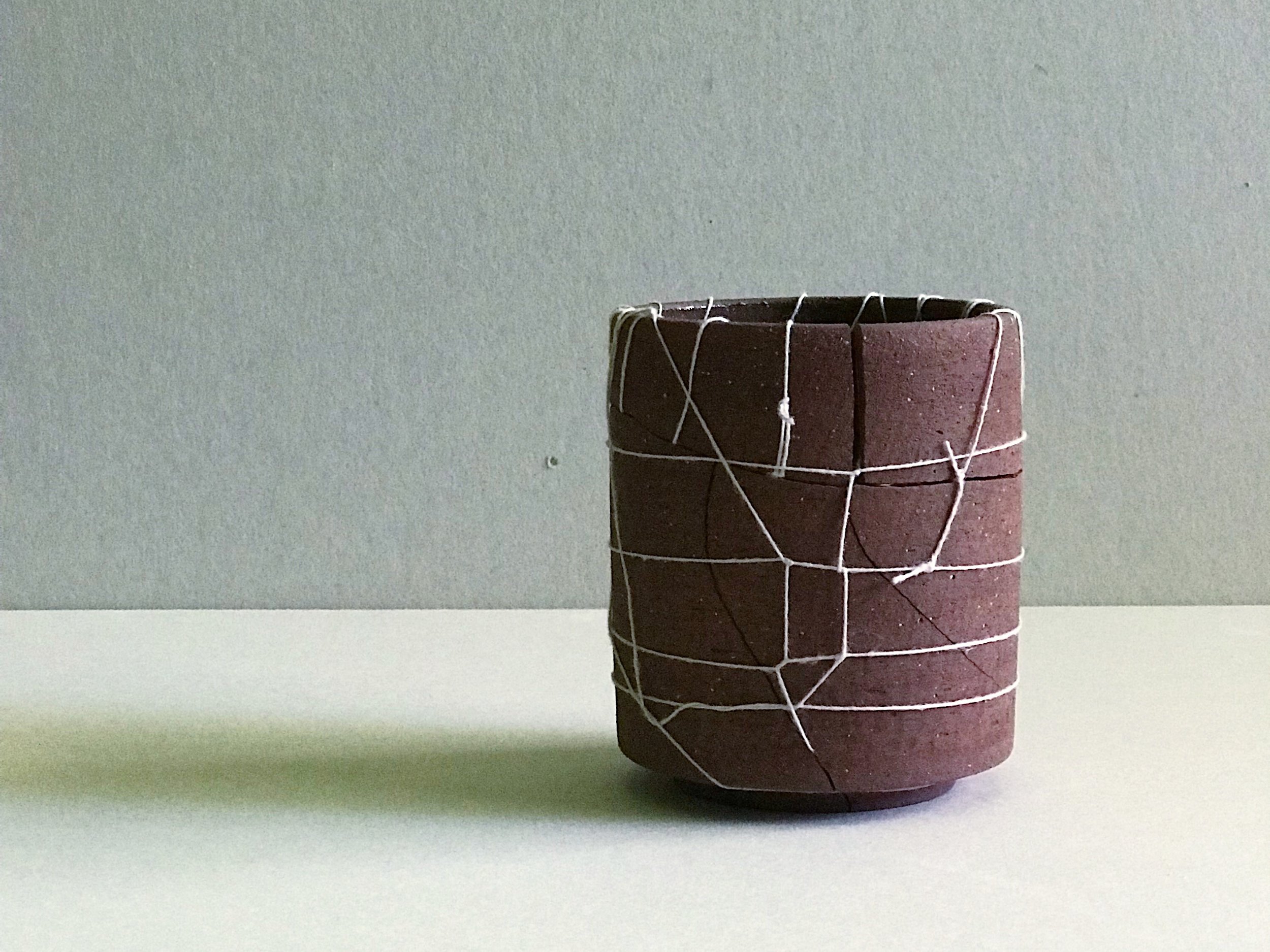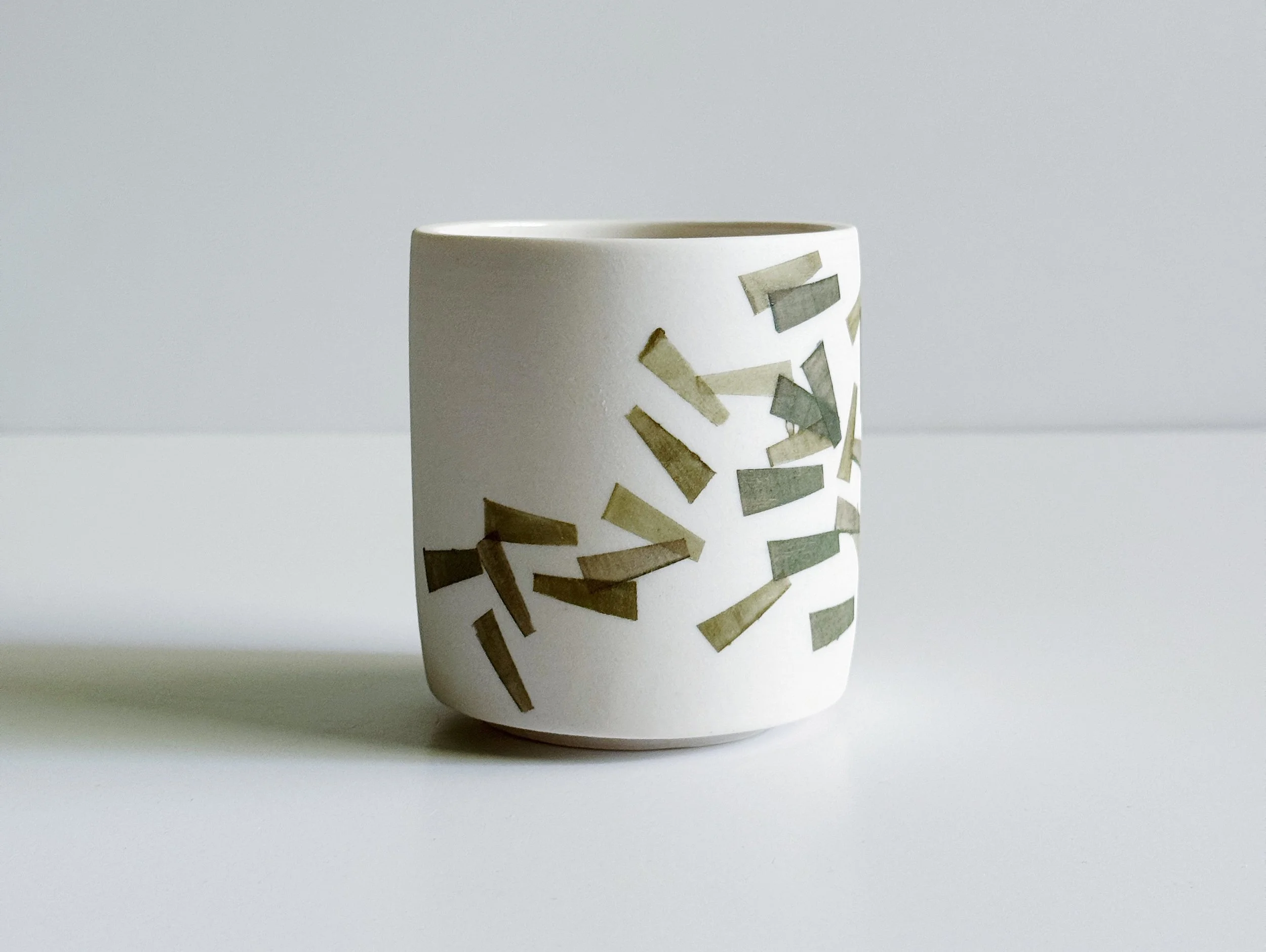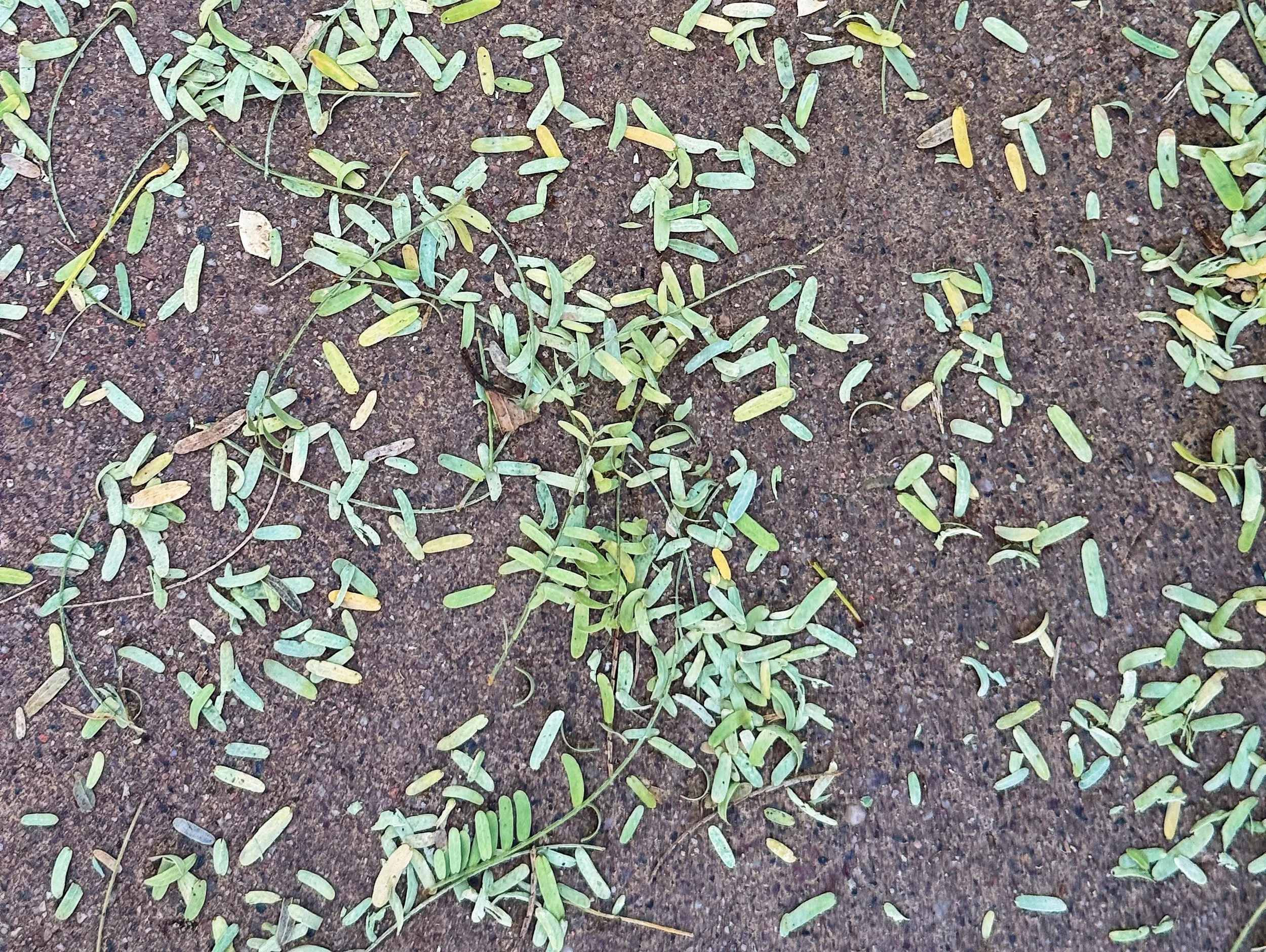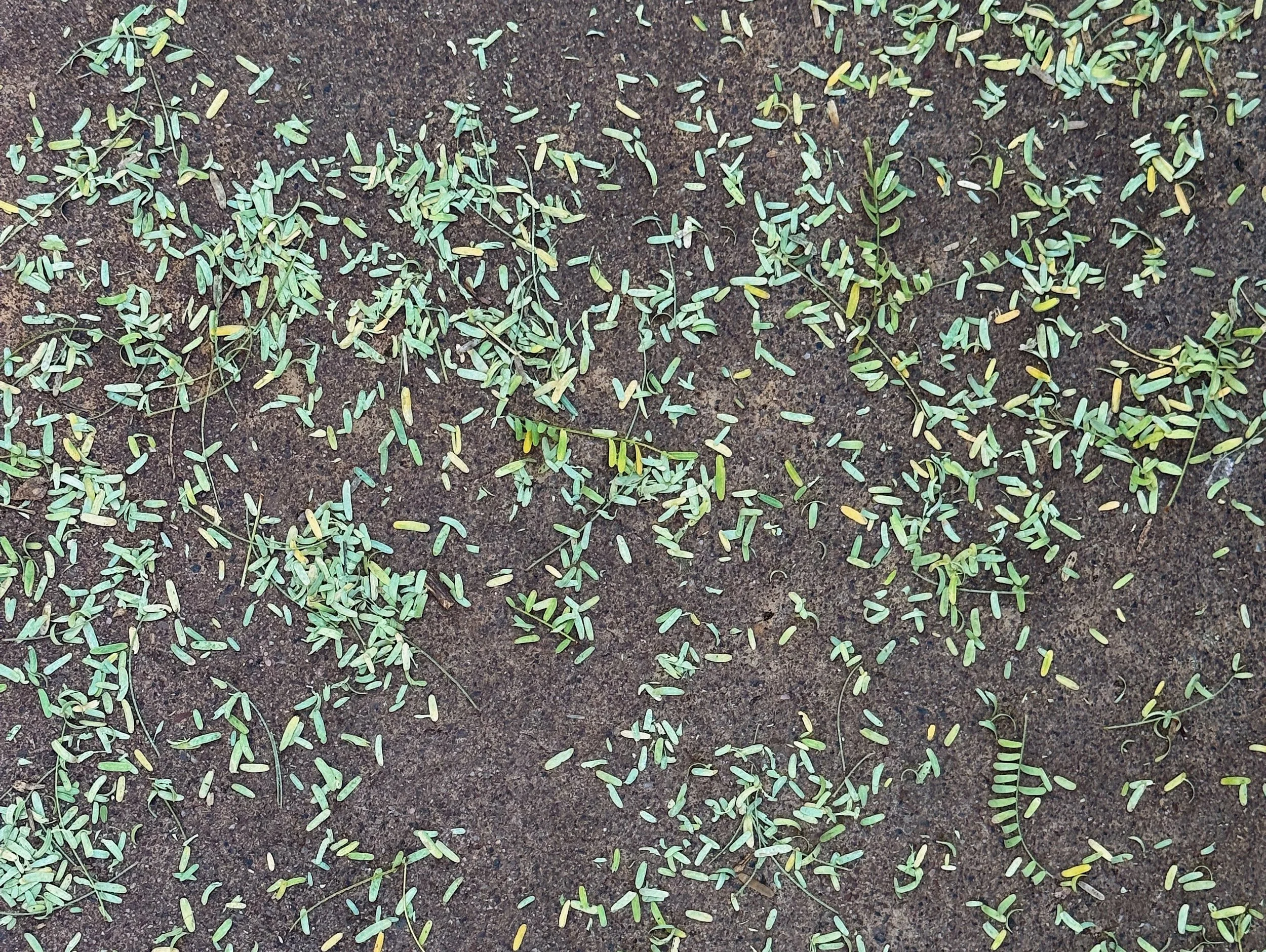CRITICAL OBJECTS
Out of the everyday making of functional objects, there is a great deal of time to consider not only what is being directly made, but to look at my practice as a larger whole. The projects listed here include some ongoing series as well as finite projects.
Coming soon: other series under current exploration
Super Functional
Provenance
One Bag
Smoke and Mirrors
Communal
Cobbler's Children: Heirloom Domesticware
PERFECTLY IMPERFECT
As a ceramicist with a practice firmly cemented in the functionality of tableware, and an obsessive desire for perfection, those pieces that do not “work out” haunt me. As the nature of someone who generally works alone, with myself as both judge and jury, it becomes easy to obsess over all the minute imperfections of the pieces I make. Some are the result of frustration in the fact that my current skill level does not yet manifest in objects with the desired outcome. Other imperfections are human error, and still others are just the volatile nature of the the medium, with all of the accompanying variables that factor into the practice of ceramics. There are a number of pieces that have begun to clutter the shelves of my studio, reproachfully staring at me.
In an effort to mitigate this self-flagellation, coupled with a desire to mock the current preoccupation in social media that fetishizes the images (real and/or constructed) of an artist’s process (something that I as the maker, am far too often guilty of), I’ve begun to take those “unfortunate mistakes” and preserve them. Too often these foibles have attracted positive feedback, as though the viewer in question thought that they were deliberate works of “art”. These products of my own human error become the body of this series of “perfectly imperfect” pieces. The works are titled with only the most generic of descriptors, but are accompanied with lengthy notes detailing the pragmatics of what went wrong in the process.
#MIROANDMIROSMOMMADETHIS
An ongoing series of objects and vessels made in collaboration with my mother, Changsoon Oh, an abstract expressionist painter.
(more info to come)
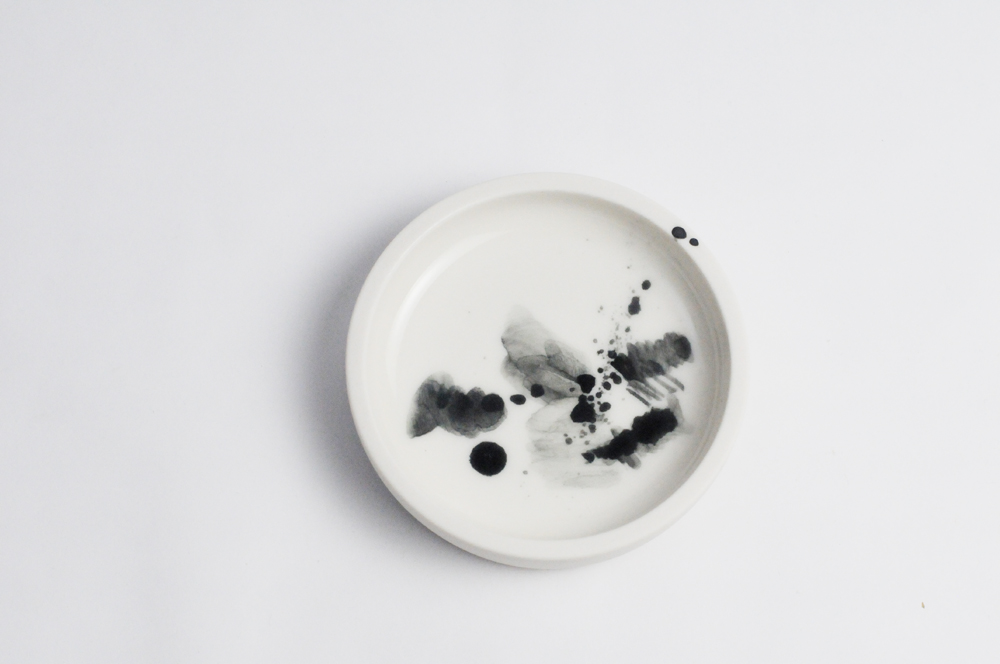
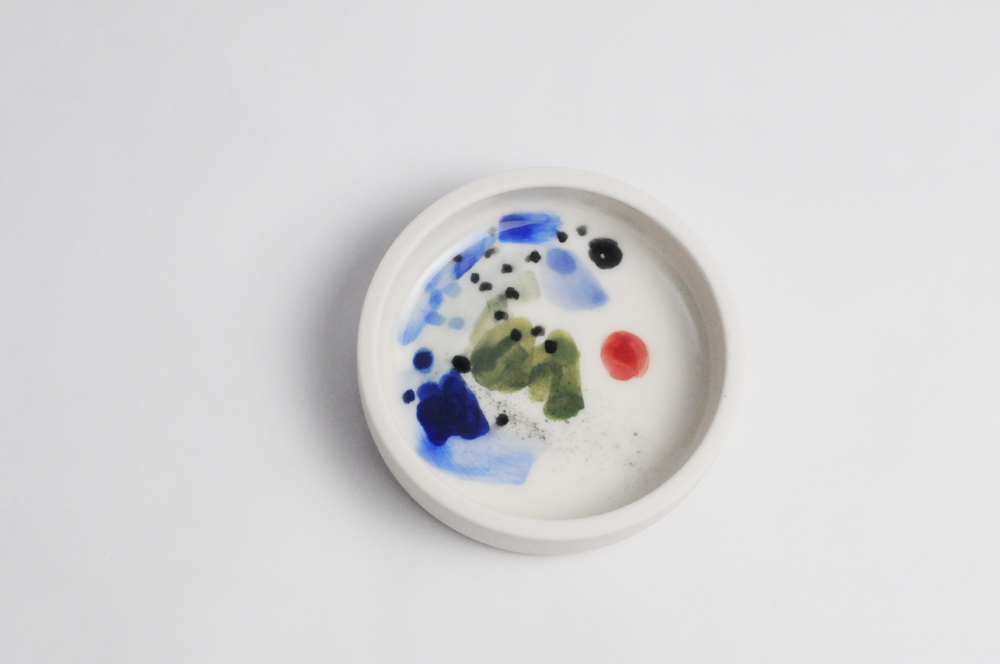
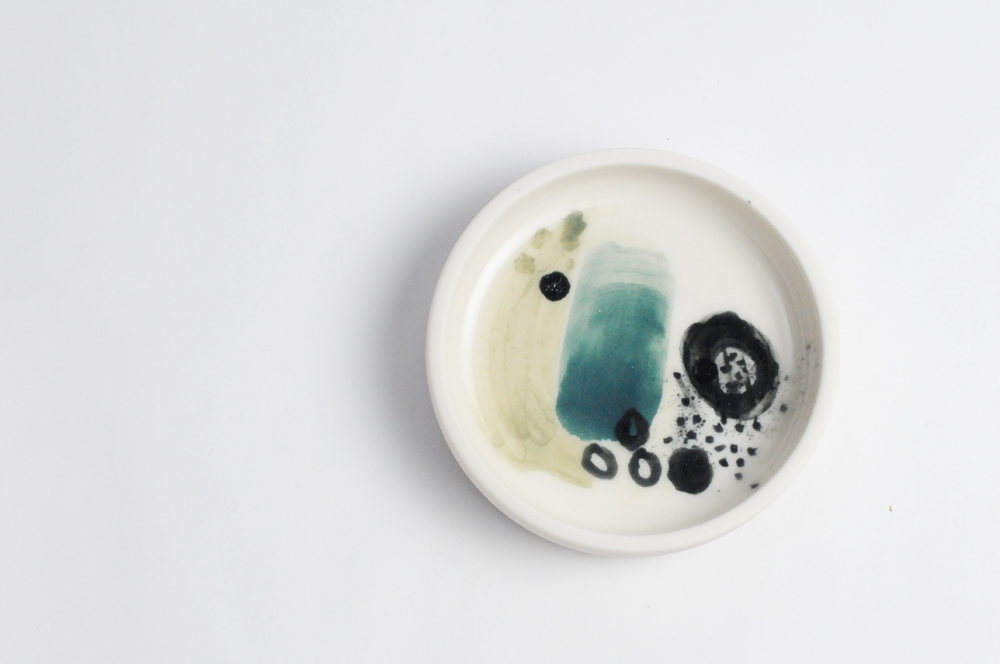
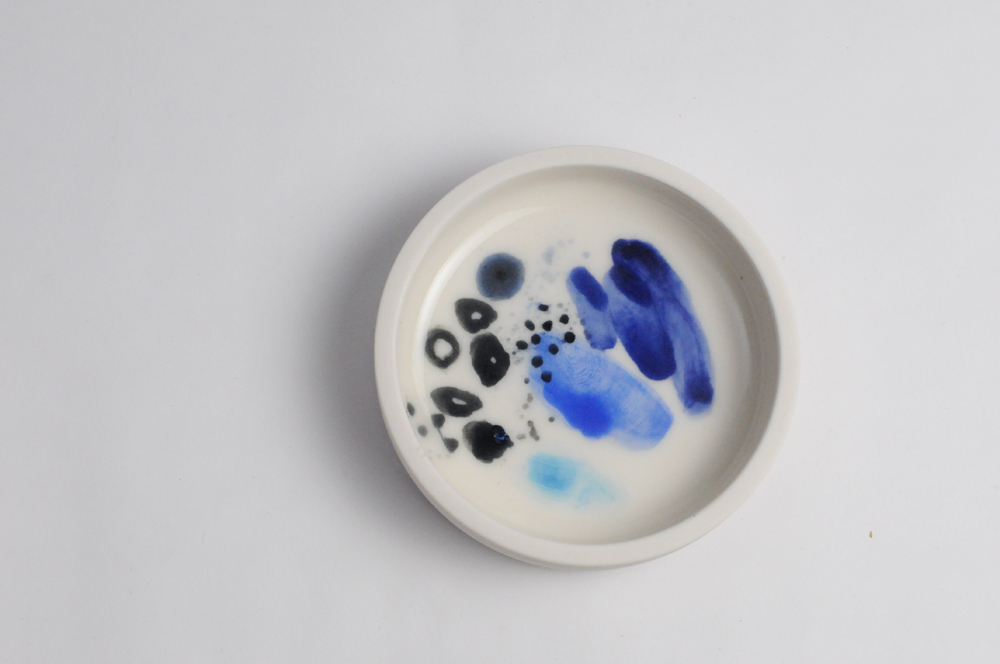


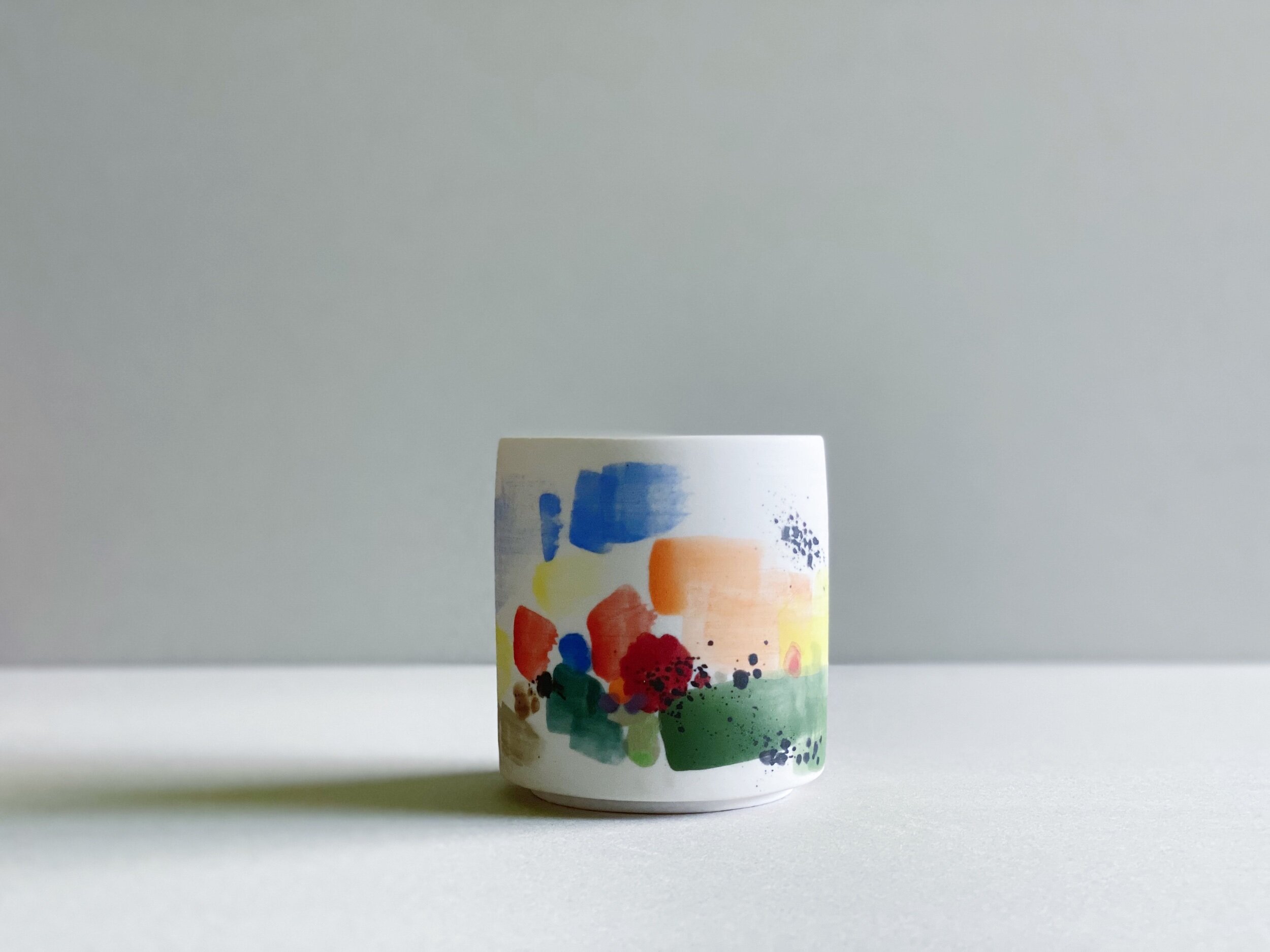
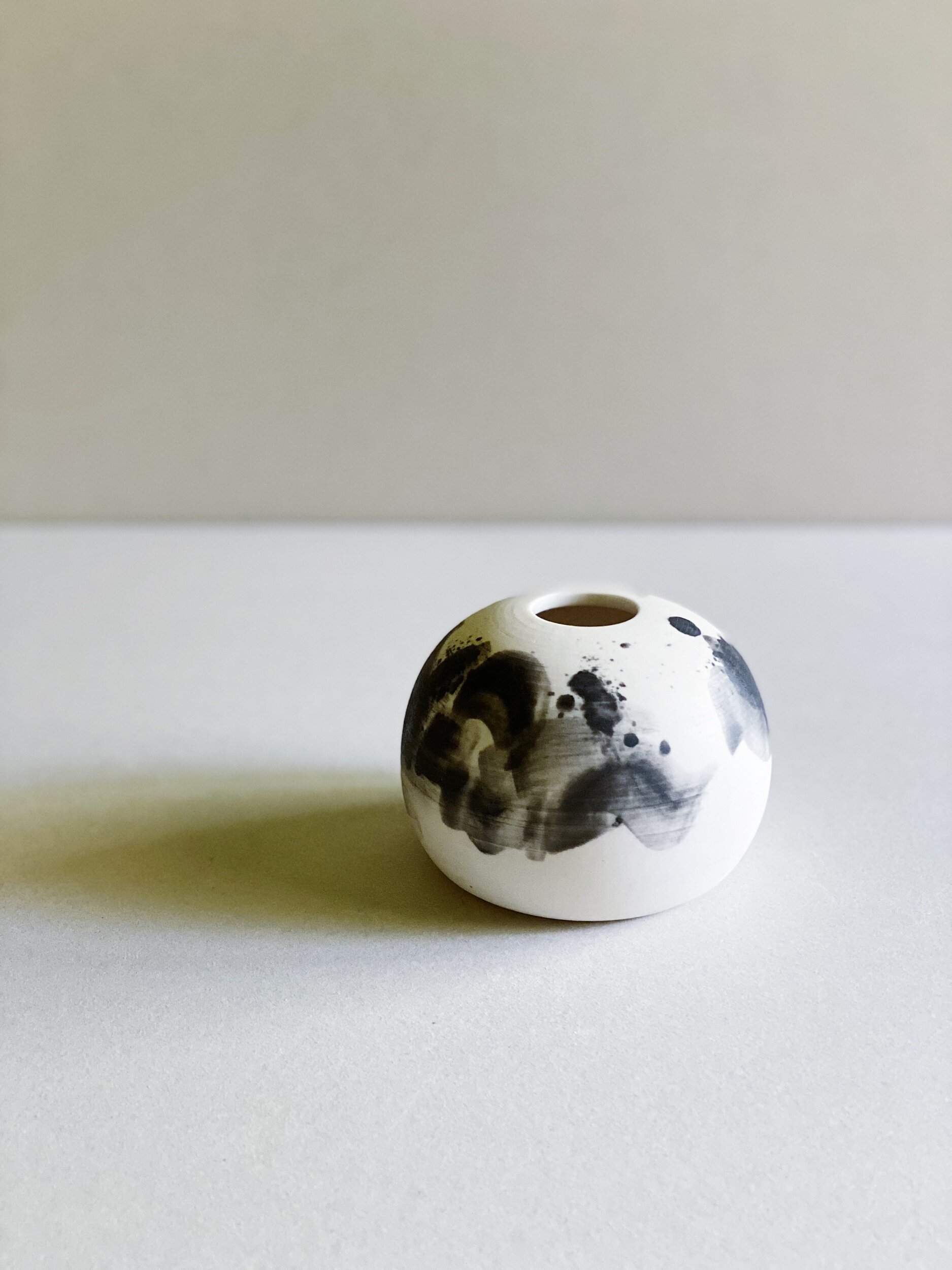
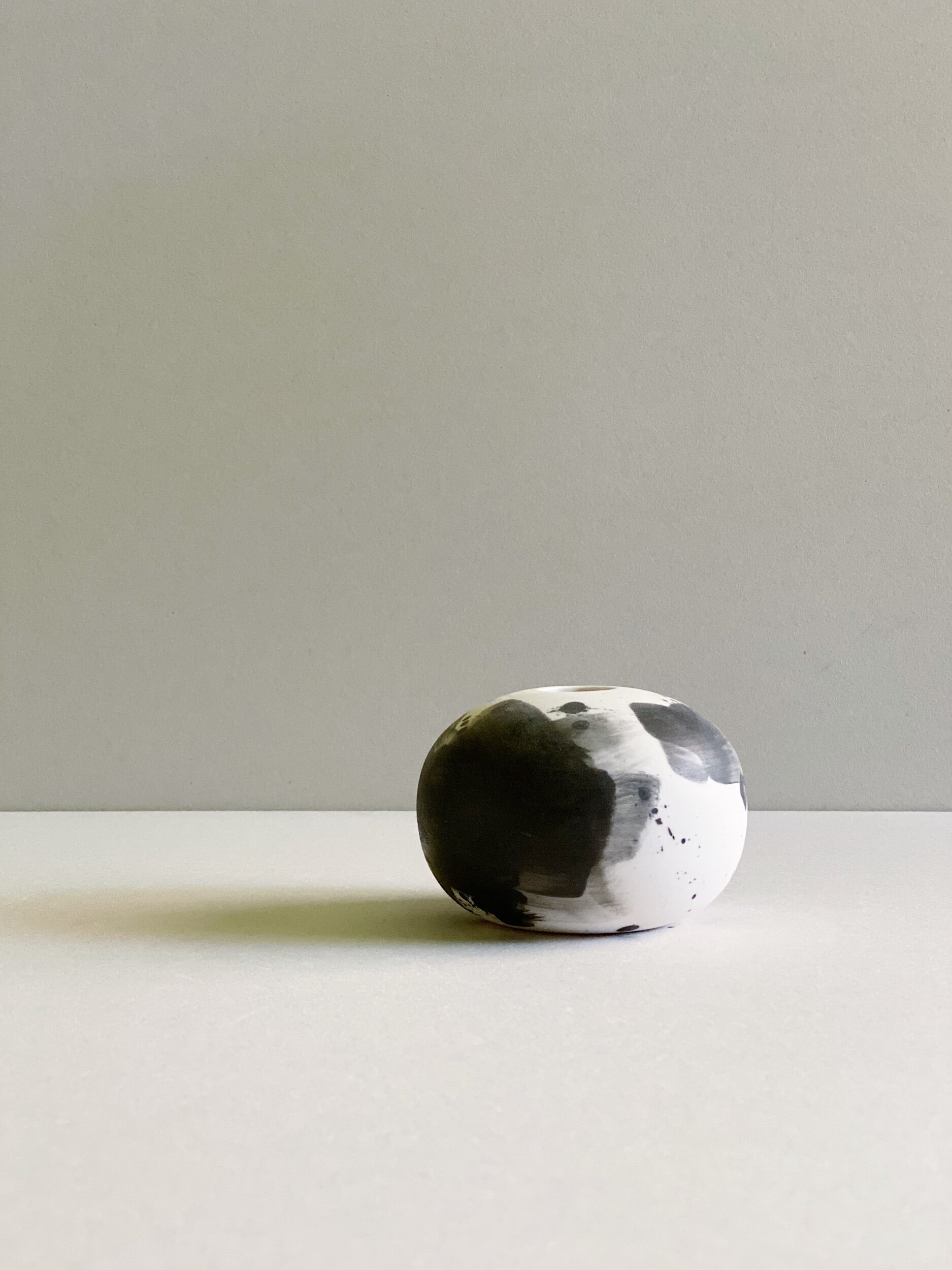
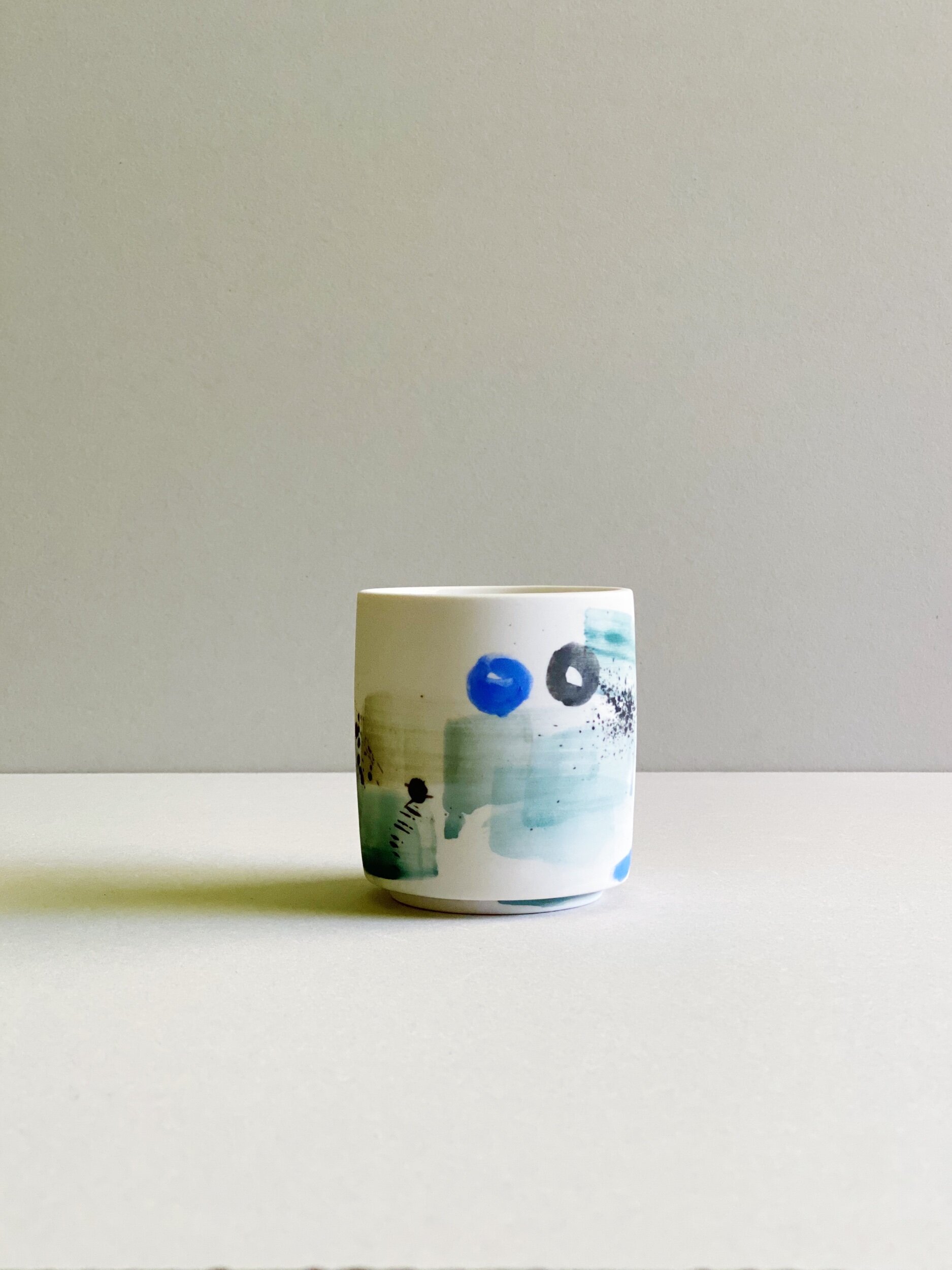
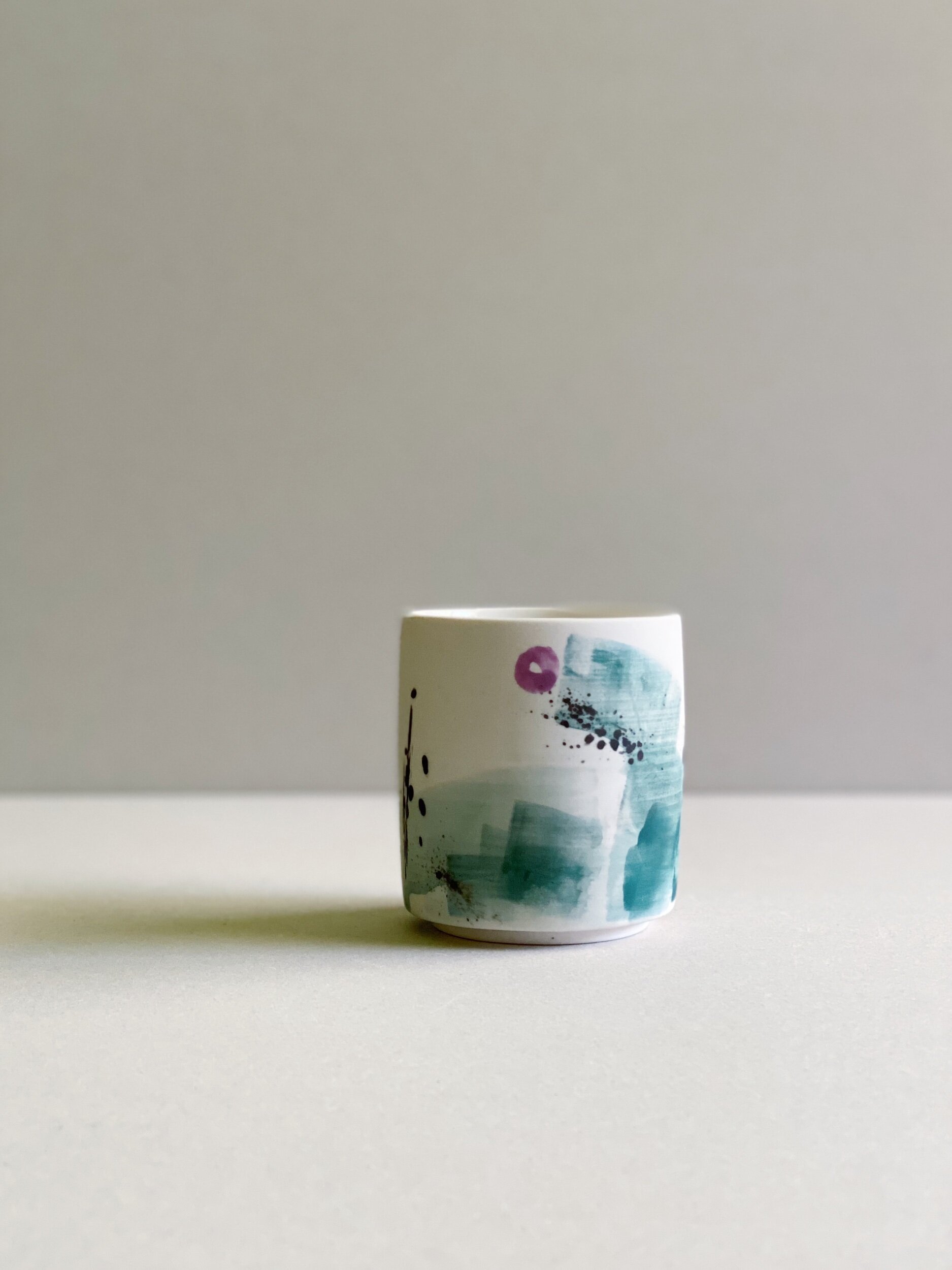
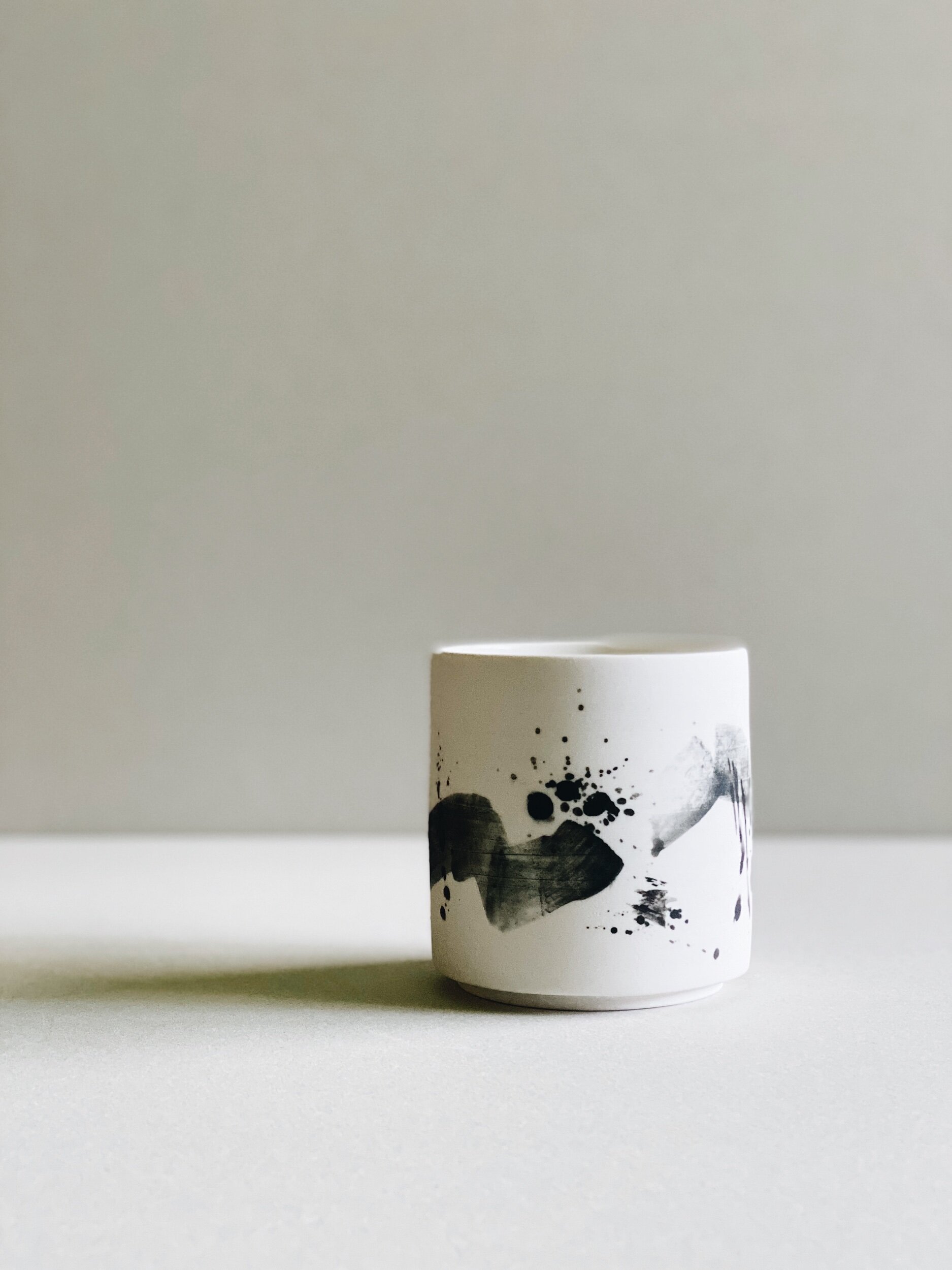
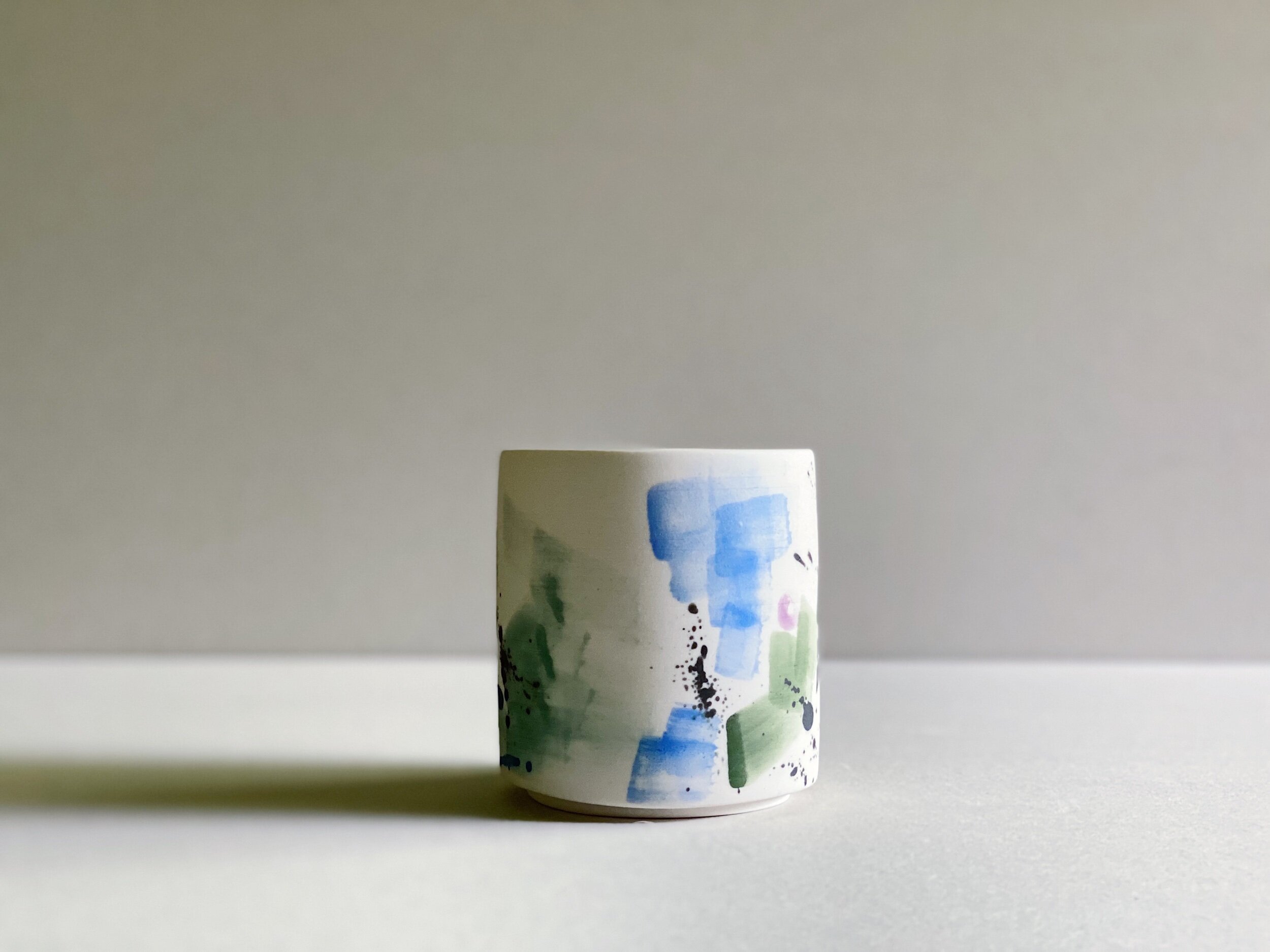


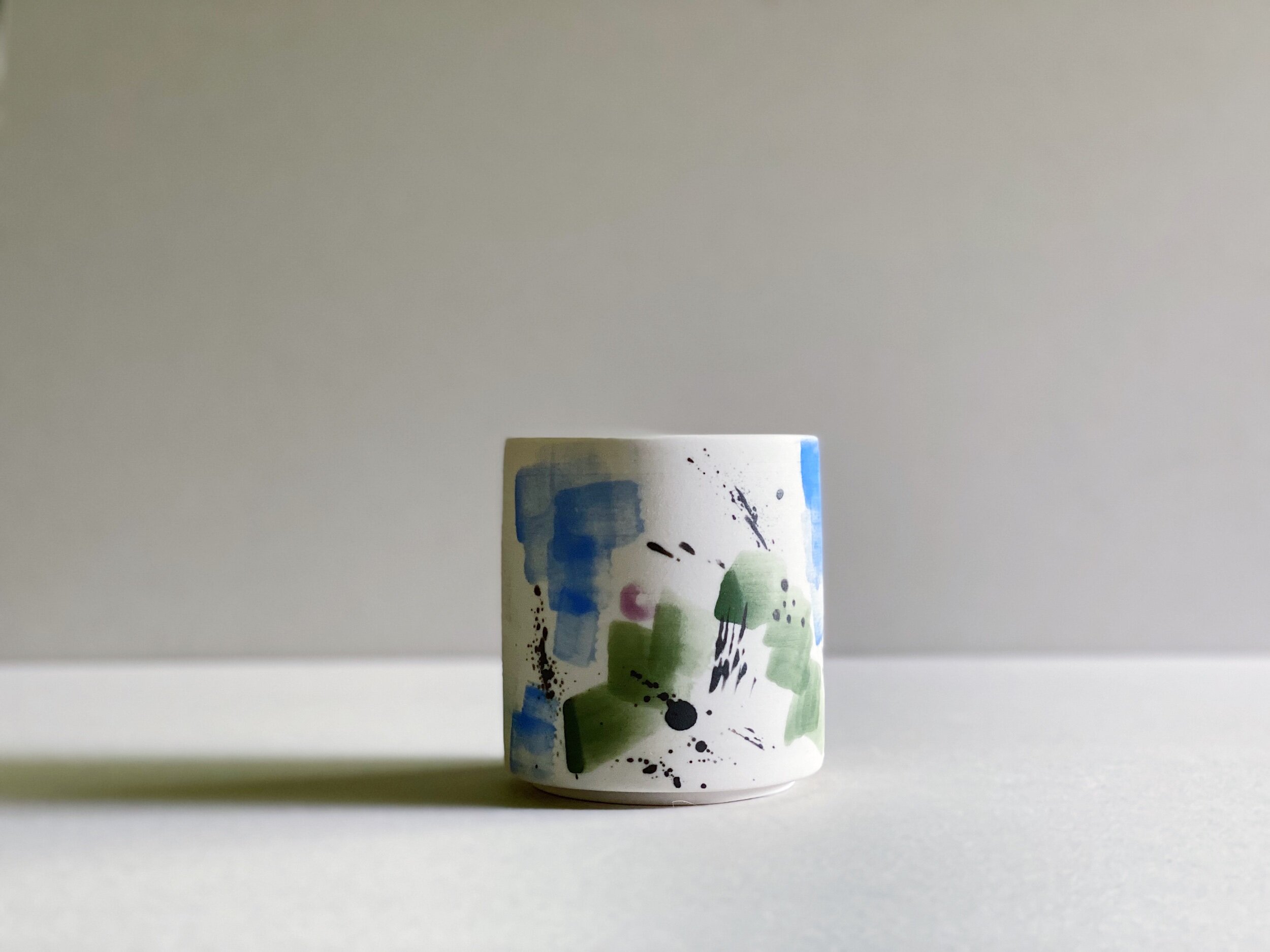
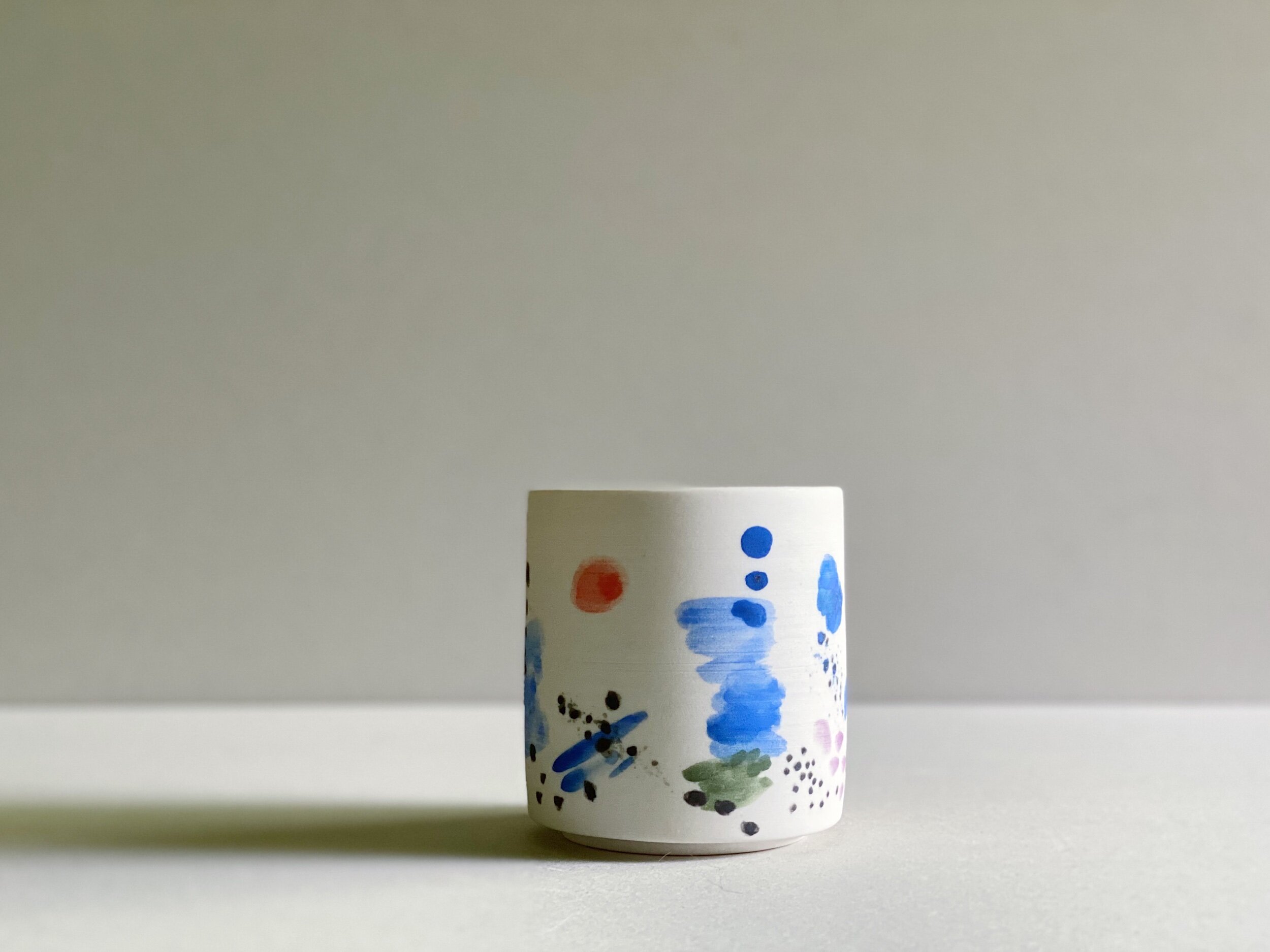
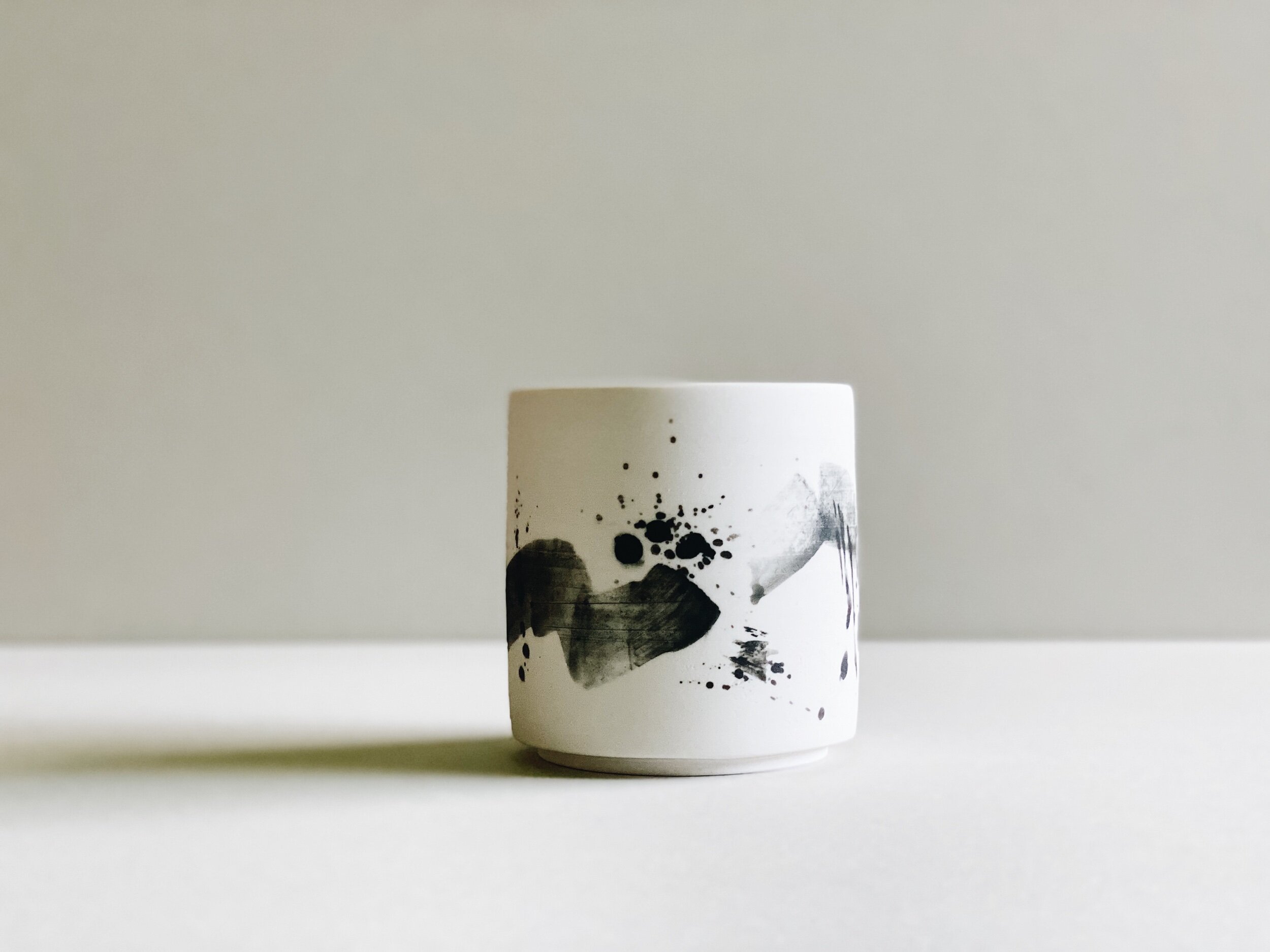


#ALMOSTASGOODASNEWSERIES
An offset of the imperfectly perfect series, this ongoing series consists of pieces that have broken during the final glaze firing of the objects—they’ve almost made it through the process. The vessels are mended, so that the original intention for the piece is clear, and address issues around domestic arts, domesticware, mending, women’s work, family and relationships, values around the new versus the old, and ideas around “perfection.”
These series of work are ongoing, as the nature of a ceramics practice is empirical—with every piece made, every kiln fired, something new is experienced, refined, learned. As a result, although the end results may appear similar, there are minute, critical differences. Each piece tells a story in the arc of the ceramicist’s practice, and together these critical objects form a timeline that is both linear and circuitous.
ACCUMULATION : 50 CUPS, GREEN STUDY
The directive was to produce 50 cups to be given as holiday gifts for the Phoenix Art Museum’s Board of Trustees. The only other design parameters were to use a green that would work with the museum, in particular the new restaurant, and also use the logo of the museum to signal that the cups were intentionally created for this specific project.
They say that the human eye perceives more shades of green than any other color—which makes sense, given our origins living in nature. As I was testing and comparing various iterations of glazes, it became apparent just how many shades of green carry through the physical structure of the museum building, as well as the surrounding landscape. And light and shadow and adjacencies shift the perception of those shades from moment to moment, day to day.
My husband and I live on a highly vegetated piece of property, and when you observe nature’s cycles, there’s always something interesting to note. Lately, I’ve been looking at our native mesquite trees (Prosopis Veluntina), with their thousands of tiny leaves, that eventually all make their way to the ground plane—whether on the patio, the driveway, or the soil. They transform the surface into shades of green, and shift from foreground to background, depending on the number of leaves that have accumulated. One leaf is a single entity, but the more leaves that become visible, or that grow or fall, become a field of green—something more than their individual parts. It is all about accumulation, a theme I've been exploring in my practice lately.
A ceramics practice is so much about accumulation—so many objects being made, over and over. Seemingly the same, but also different each time. It is the way in which knowledge is gained, piece by piece, day by day, things seen and experienced. But conditions always vary—both the physical—a different clay body, a different day in terms of temperature and humidity, let alone all the variables associated with the making of things by hand. But one is always cognizant of the fact that each and every individual piece made is part of a larger whole—part of a lifetime’s artistic practice.
A museum is also so much about accumulation—the way art is collected, piece by piece, to make an exhibit, to make a collection. And also how each and every person from artists to curators to board members and staff all add their knowledge, experiences and expertise to make an art museum what it is.
So the series of 50 cups became an exercise in accumulation—the various shades of green, the ways in which the colors shift depending on its adjacencies, the abstraction of a logo that becomes a leaf and foreground and background, and the idea that even as each vessel is similar, each vessel is also very different, and one small part of a larger whole—a collective of pieces that still reference the others, even as they move apart.


